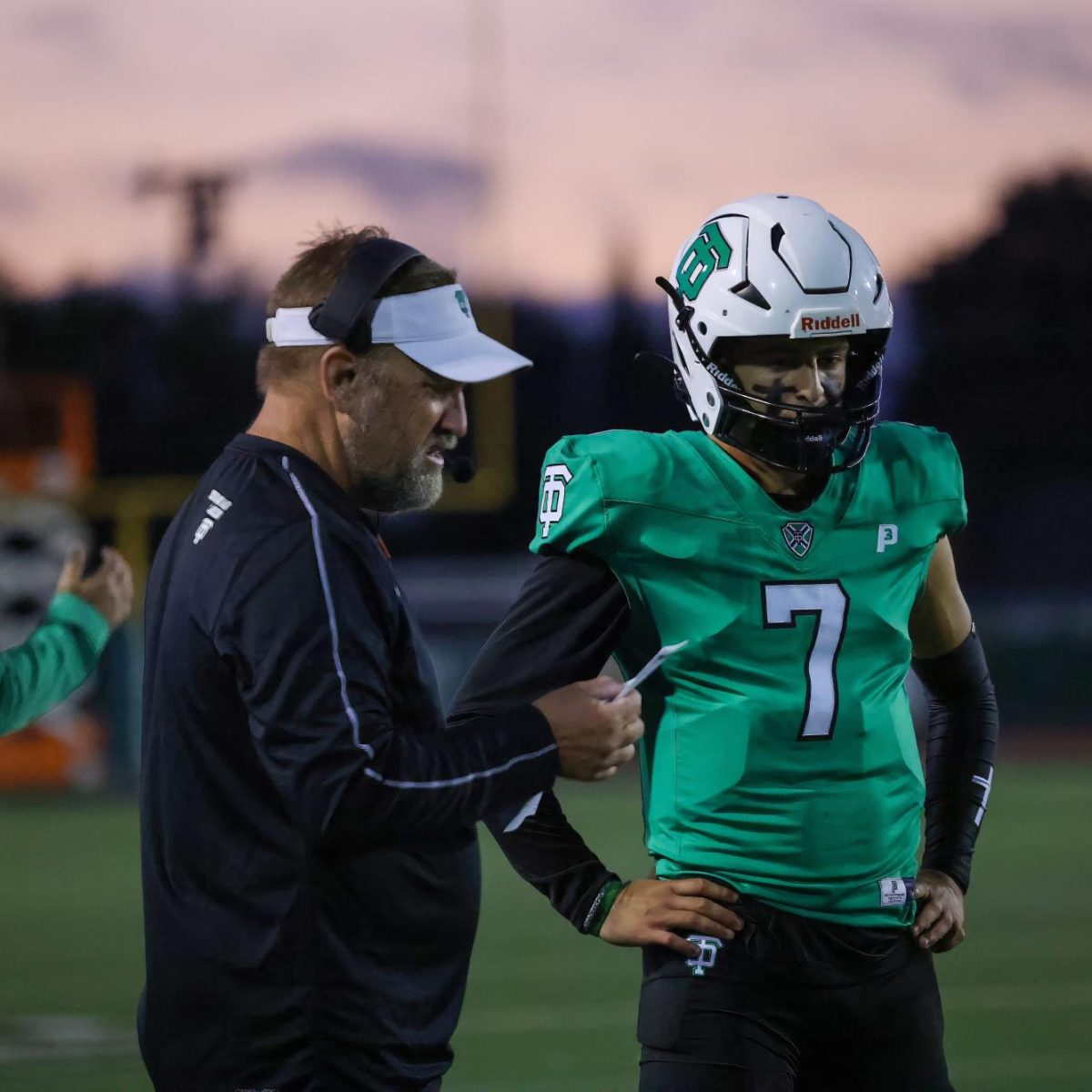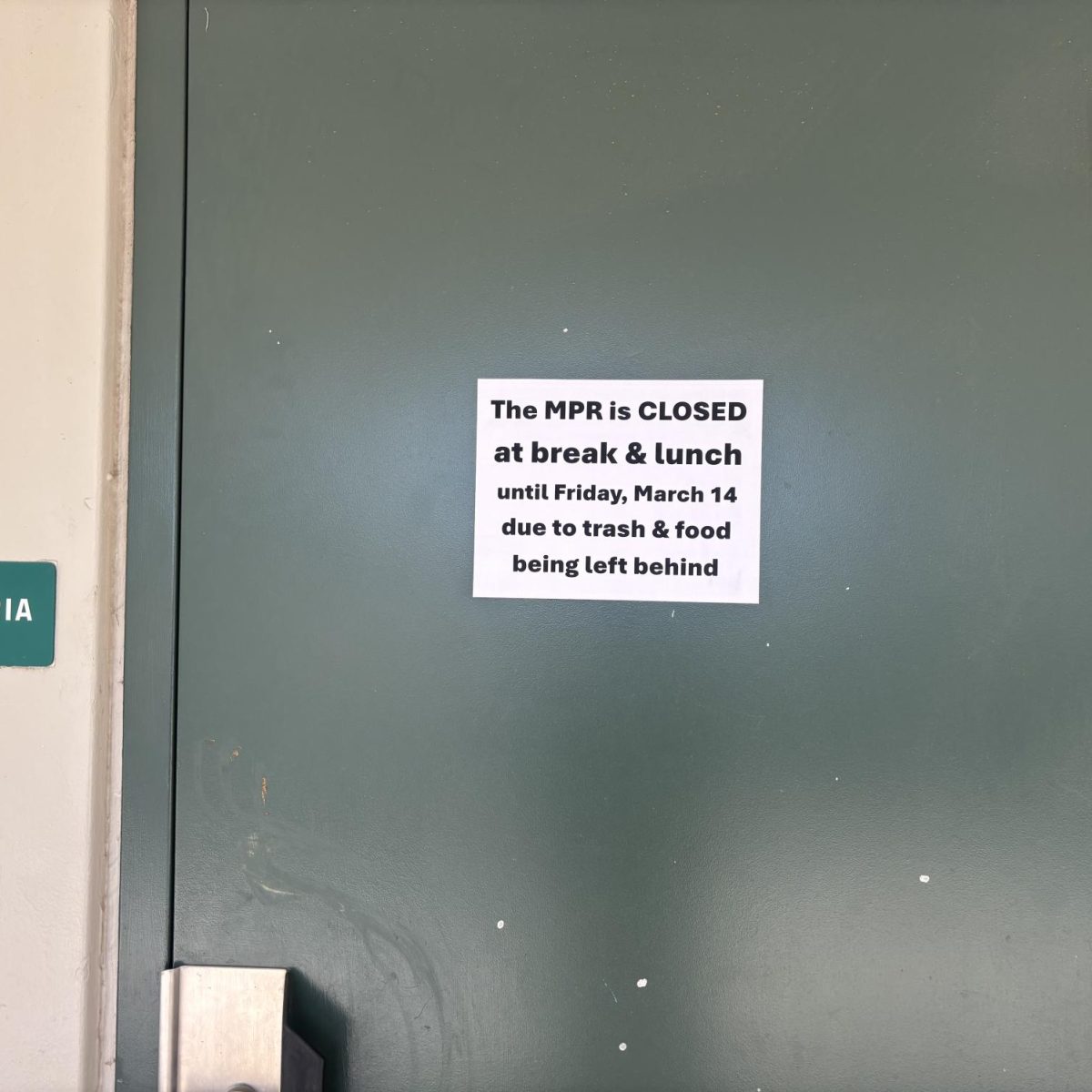The year is 2016, and almost everything costs money, even the activities in school. Especially the activities in school. The school is fueled by the district and if there is only a very small amount that can be given to the programs on campus, basically everyone will have to fundraise to reach goal amounts for their budgets. Whether it is a booster club or students themselves, fundraising occurs in every way it can.
ASB is one of these self-funded programs raise money through events put on by the students to make money for their classmates.
“Any money we need for the ASB room or any events that we put on we fundraise for ourselves. It’s put into a large account that’s called the ASB budget that also can be given to any club like Link Crew that could ask for money.” senior ASB president Julia Wright said.
ASB funds the clubs on campus if any money is needed to be given out for events or supplies. Although ASB covers the entire school, each class has their own budget which carries over year after year. This is the reason for the aggressive fundraising seen by each separate graduating class on campus.
“The only account that doesn’t carry over is the senior account because at the end of the year we decide what to do with it. So in years past, the senior class has decided to divide it up and give it to the other classes as a boost or they give it as a gift.” Wright said.
Senior year is by far the most expensive year for students with events like senior ball and senior picnic in addition to anything graduation related.
ASB is not the only program that has to fundraise for their goal amounts. Athletics all have separate accounts for the different sports, funded by little amounts of money from the district and their booster clubs. The booster clubs are run mostly by the parents of the players and they, like ASB, put on events and sometimes have the players fundraise themselves.
“The booster clubs do all the heavy lifting when it comes to finances,” Athletic Director Gary Walin said.
Thousand Oaks High School is under the Title IX guidelines to treat every sport equally, especially in financing. The amount of money given to the sport from the school is dependent on the amount of teams in the program. For example, baseball has three teams and boys soccer has three teams, meaning that those programs get the same amount of money from the school. This money is never enough to fund the sport through the entire season or year, and this is where the booster clubs kick in.
The district does cover any cost for equipment that is used for safety purposes, like pads and helmets for football. Transportation prices can cover a wide range depending on the distance and number of players that need to be transported to the event.
There is a reoccurring theme here. Booster clubs rule the financial world of activities in school with the occasional student run organization like ASB that puts on their own events with their gradually raised funds. One of the most expensive sports on campus that has some of the best athletes on campus is dance. And dance needs all the money they can get.
Dance does not receive any money from the school for dance team. They are under the same guidelines with the district covering any equipment used for safety, but they only receive little amounts of money for the dance class, Team is a whole different story. The average cost per year for one varsity dance team member can vary from three to five thousand dollars depending on the solos and performances that the dancers make.
“Performances can vary from the whole team to only six dancers, so the cost can depend on which performances the dancers are in.” Dance Team Varsity Coach Jaleen Murphy said.
The cost can vary on the entry fee and whether or not the team stays overnight at a hotel in somewhere farther than two to three hours away for a tournament because scheduling could make driving up and down very inconvenient for parents and dancers themselves.
Transportation is almost always handled by the parents of the performers because they all want to see their kids play which is very understandable. This can also help save money on transport costs if there is no need to pay for a bus.
“I prefer to stay in state, but I would not be opposed to going out of state for a competition. California does tend to have the best competition for dance in the country, making it easier on us,” said Murphy.
This is perfect for dance, because the best competition pushes the need for the most skilled dancers, overall benefiting Dance at a lower cost than an out of state team from Florida who would have to travel all the way over here.
With all this said, all this information gathered, one factor remains constant throughout sports, activities and dance. Fundraising is the biggest factor of finances in Thousand Oaks High School whether it is student run or parent run.
There have not been cuts, the money just really is not there. The booster clubs and fundraising events that help make the goal amounts of money.. Money drives everyhting and always has all over the world, so why should it stop at the schools? It is not just the activities that have trouble making money either. The school itself has trouble raising funds for items like new textbook, unless there is a change in the subject where a change is needed for success of students.
The other key of fundraising for programs is the unity of the community in and around Thousand Oaks High School. Fundraisers can only work if there are participants willing to give to the school.
As long as the boosters can continue to provide for their activities and as long as students can continue to support fellow students by going to their events, Thousand Oaks will be okay for the time being.
The “time being” could be short lived or last a very long time because of the inpredictability of money and its lasting power.
Photo Credit // Tracy O Flickr // With Permission






